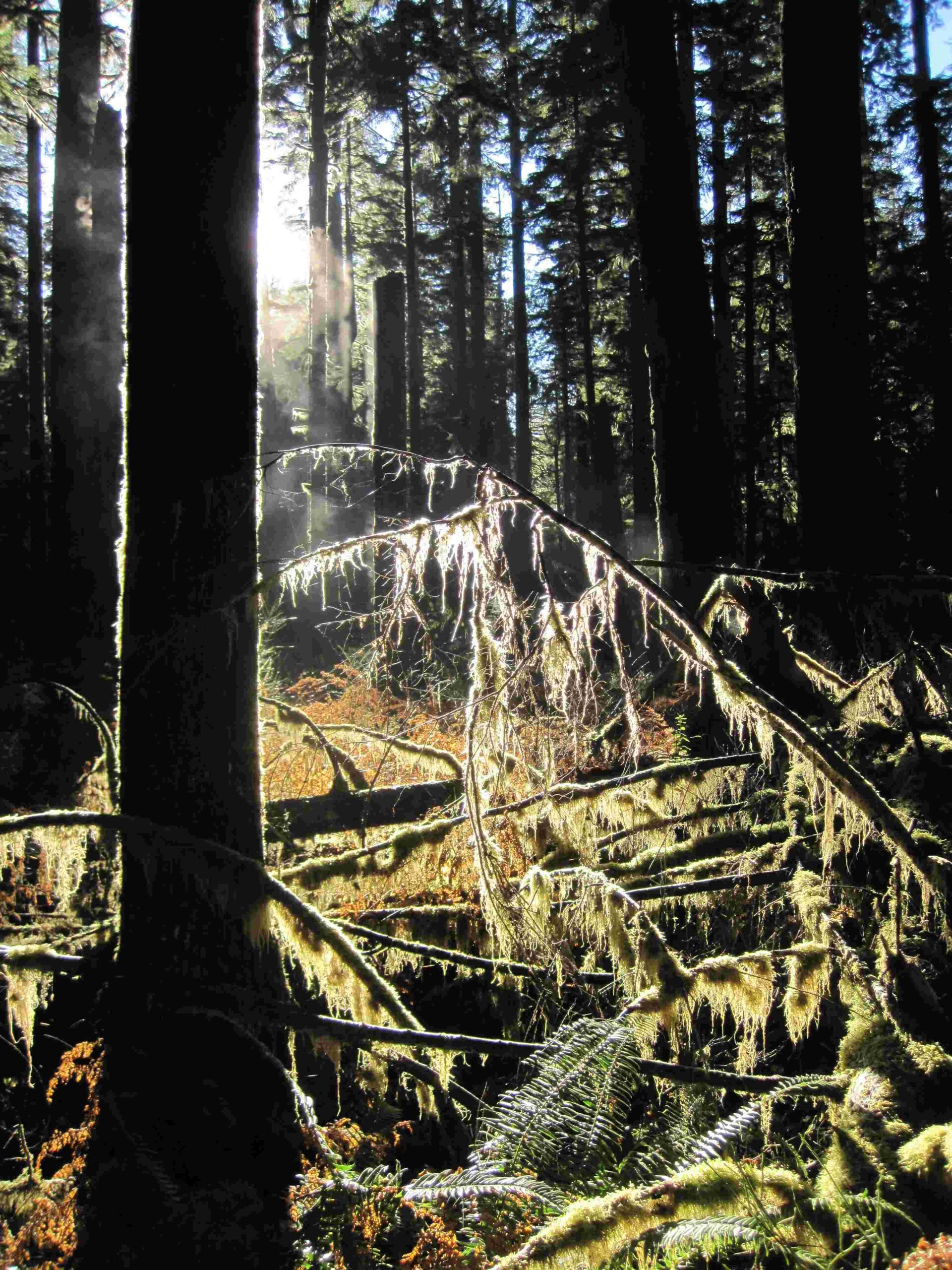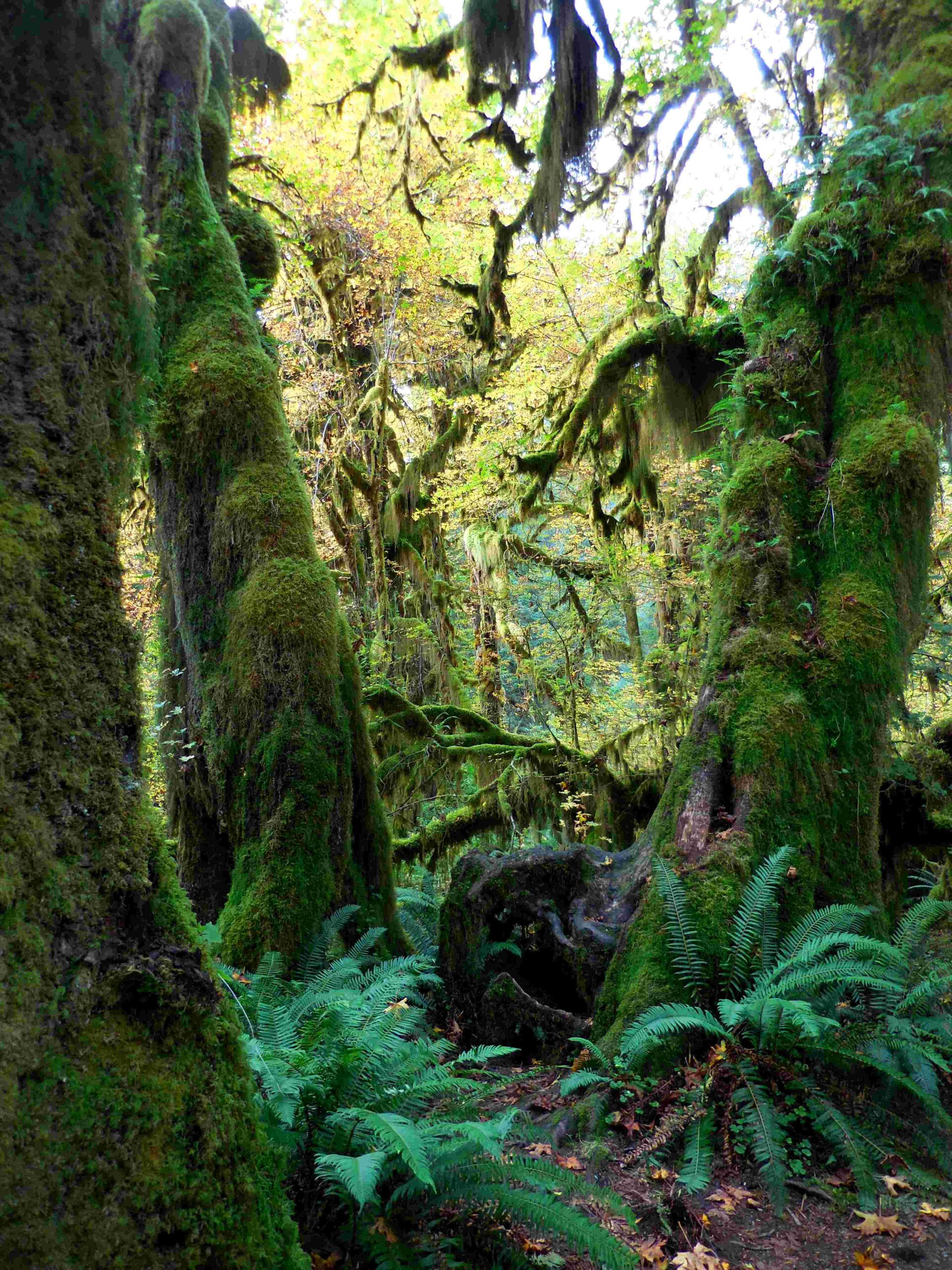Olympic National Park’s beaches offer a unique opportunity to explore diverse marine ecosystems through tidal pools. These natural wonders, formed by receding tides, reveal a vibrant underwater world teeming with colorful sea stars, anemones, and various marine creatures. From easily accessible beaches like Ruby Beach to more secluded spots like Rialto Beach, visitors can witness the fascinating interplay of ocean and shore life. This guide provides essential information on the best beaches for tidal pool exploration, species to observe, accessibility considerations, and conservation guidelines.
What Are the Best Beaches for Tidal Pools in Olympic National Park?

Olympic National Park boasts several beaches renowned for their tidal pools, each offering a unique experience:
- Kalaloch Beach 4
- Location: Southwest coast of the Olympic Peninsula
- Accessibility: Large parking area, short walk down stairs
-
Features: Rich marine life, including starfish and anemones
-
Ruby Beach
- Location: Northernmost of the southern beaches
- Accessibility: Easy access with a forest path
-
Features: Vibrant tide pools, sea stacks, and driftwood
-
Rialto Beach
- Location: North Coast Wilderness Trail
- Accessibility: Requires a 1.5-mile hike
-
Features: Famous ‘Hole-in-the-Wall’ arch, unique sea stacks
-
LaPush Beaches
- Location: LaPush area (Second Beach, Third Beach, Hole-in-the-Wall)
- Accessibility: Varying levels, some easier than others
-
Features: Sea stacks, tide pools, frequent whale sightings
-
Salt Creek Recreation Area
- Location: Strait of Juan de Fuca, west of Port Angeles
- Accessibility: Connected area with continuous tidal pool region
- Features: World-famous for its extensive tidal pool area
What Species Can Be Found in Olympic National Park Tidal Pools?

The tidal pools of Olympic National Park are home to a diverse array of marine life:
- Starfish (Sea Stars)
- Scientific Name: Various species, including Pisaster ochraceus
- Appearance: Bright orange and purple, often large
-
Habitat: Under overhangs in wet areas
-
Anemones
- Scientific Name: Various species, including Anthopleura xanthogrammica
- Appearance: Fluorescent green, often closed when tide is out
-
Habitat: Attached to rocks in tidal zones
-
Mussels and Barnacles
- Scientific Names: Mytilus trossulus (mussels), Balanus glandula (barnacles)
- Appearance: Clustered on rocks
-
Habitat: Rocky intertidal zones
-
Crabs
- Scientific Name: Various species, including Hemigrapsus nudus
- Size: Range from fingernail-sized to palm-sized
-
Habitat: Under rocks and in crevices
-
Other Species
- Wolf eels, pricklebacks, brittle stars, clams, and sea snails
How Accessible Are the Tidal Pools for Visitors?
Accessibility varies across the different beaches:
| Beach | Accessibility Level | Challenges |
|---|---|---|
| Kalaloch Beach 4 | Moderate | Stairs can be challenging |
| Ruby Beach | Easy | Some slippery rocks |
| Rialto Beach | Difficult | Long hike, hazardous terrain |
| LaPush Beaches | Varies | Some beaches require more effort |
| Salt Creek Recreation Area | Moderate | Terrain can be slick |
Most beaches offer parking areas, and some have amenities like restrooms and seating. Trail conditions range from easy paths to more challenging hikes.
What Are the Regulations and Guidelines for Exploring Tidal Pools?
To protect the delicate ecosystem of tidal pools, visitors should follow these guidelines:
- Look but Don’t Touch: Avoid disturbing marine life
- Take Only Pictures: Never remove anything from the beach or tide pools
- Leave No Trace: Do not leave behind any trash or non-native items
- Check Tide Times: Plan visits during low tide to avoid getting trapped
- Be Aware of Surroundings: Watch for strong winds, storms, and hazardous conditions
- Watch Your Step: Avoid stepping on organisms and be cautious of slippery rocks
Ranger-led tours are available for educational insights and safety guidance.
How Can Visitors Prepare for a Tidal Pool Experience?
To make the most of your tidal pool visit:
- Check tide schedules in advance
- Wear appropriate footwear for slippery rocks
- Bring a camera for capturing marine life
- Pack water and snacks, especially for longer hikes
- Consider bringing a field guide for species identification
- Respect wildlife and maintain a safe distance
What Is the Best Time to Visit Olympic National Park Beaches for Tidal Pools?
The best time to visit depends on several factors:
- Tides: Low tide offers the best viewing opportunities
- Season: Summer months provide warmer weather and longer daylight hours
- Crowds: Early morning or weekdays may offer a quieter experience
- Marine Life Activity: Spring and early summer often showcase more active marine life
Always check local tide tables and park information before planning your visit.
By following these guidelines and respecting the natural environment, visitors can enjoy a memorable and responsible tidal pool experience at Olympic National Park’s beautiful beaches.
References:
1. 5 Must-Visit Olympic National Park Tide Pools Revealed
2. Four Impressive Tide Pool Beaches on the Olympic Peninsula
3. All you need to know about Tidepooling in Olympic National Park

